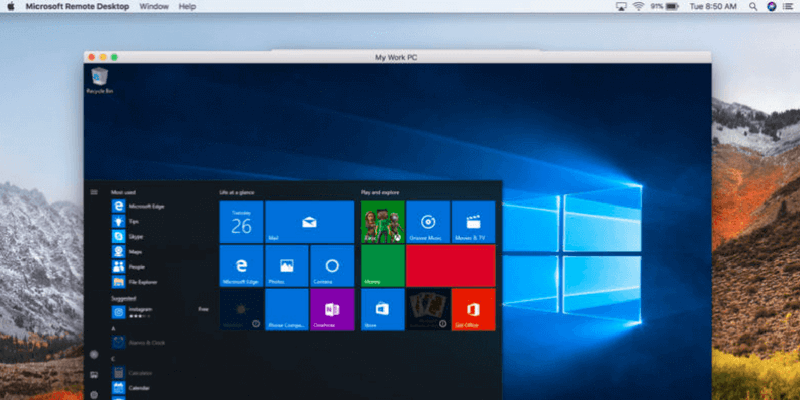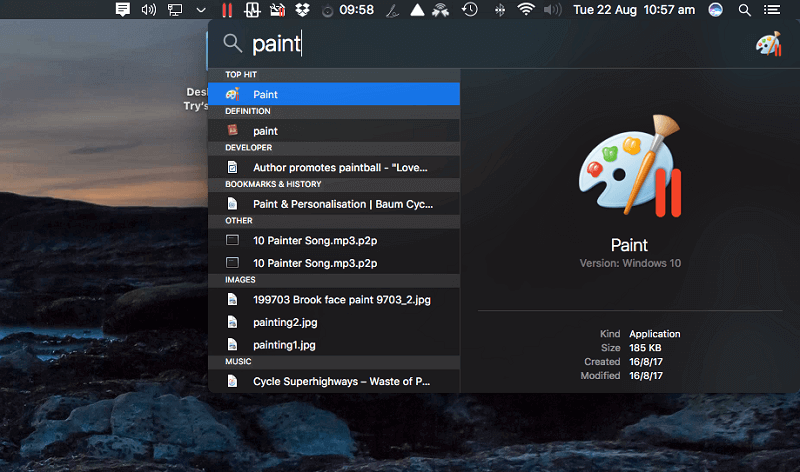

If your workload requires remote virtualisation, streaming, gaming, encoding and VDI scenarios, then the NC and NV sizes are a good choice for you. The NC and NV sizes are GPU-enabled instances using NVIDIA’s GPU cards. Microsoft has also introduced VM sizes for specialised workloads. ACUs provide you with a method for comparing compute performance across Azure VMs. It can become confusing comparing all the available types and sizes of VMs so Microsoft has introduced the concept of Azure Compute Units (ACU). Just enter your figures to find out how many VMs and in what sizes you’ll need to run your workloads in Azure. The newest and most accurate tool is the Azure Pricing calculator. This tool is designed to run on-premise against your existing machines, giving you an idea of what you’ll need when you migrate to Azure. To simplify the cost-estimation process, Microsoft has also created the Azure (Iaas) Cost Estimator Tool. If you’re moving a SQL Database to Azure the Azure SQL Database DTU Calculator can help give you an idea of the size of Azure SQL database you will need in the cloud. If you’re unsure, a number of calculators and estimators are available to give you an idea of what kind of VM to go for. There are dozens of VM sizes and family variations to choose from.

Some VM sizes will use HDD disks, others will use SSD disks. Items sold here go through a heavy vetting process every VM is still running Azure, but these images have been created by a third party to fulfil a need not provided by the stock Azure VMs.Įach VM type is available in a number of different families and sizes, identified respectively by a letter and number, like A0, A1, A0, A1, D2s_v3, NV24, or B1.Įach size has a different number of CPUs, amount of memory and supports differing numbers of disks. Here you’ll find niche virtual machine images produced by Microsoft-approved third-parties. You should be able to find a VM type that suits the workload you want to run, but if you can’t, take a look at the Azure Marketplace.


For example, the GPU type VM is designed for heavy graphics rendering and video editing workloads. In this article, we’ll take a look at how VMs differ in terms of power, price and functionality.Įach VM type is built to run a different workload. Migrating to the cloud can be daunting, especially with hundreds of VM options to choose from (virtual machines on Azure are categorised into types, families and sizes). But which one fits your demands? Joining us for this introduction to Azure Virtual Machines is Mike Brown, Lead Azure Instructor at Firebrand Training. Microsoft offers a wide range of Azure Virtual Machines (VMs) to choose from – giving you the ability to quickly develop, test, run applications and extend your data centre.


 0 kommentar(er)
0 kommentar(er)
